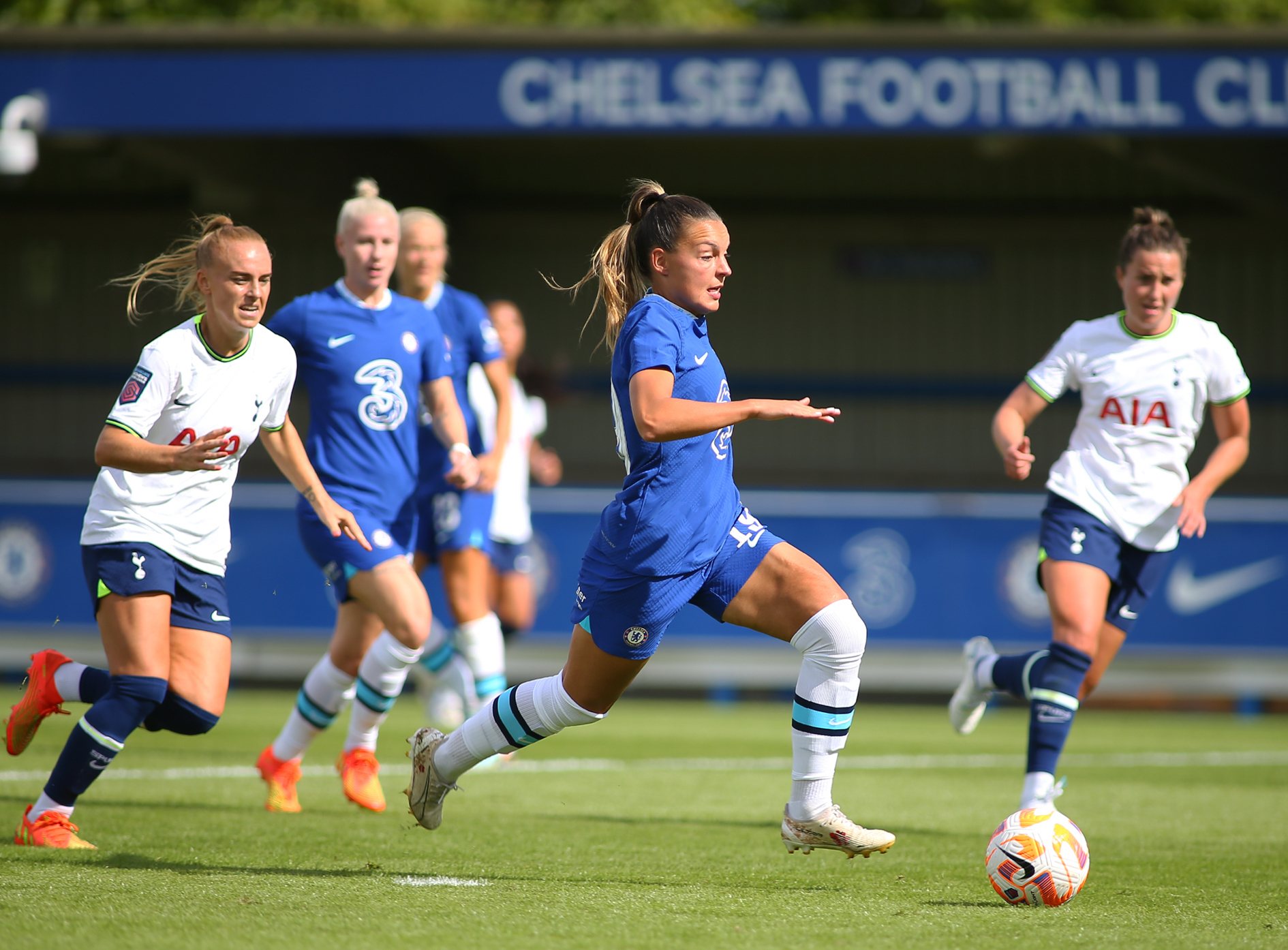
The Rise of Tactical Flexibility in the Premier League
In recent seasons, we’ve seen a significant shift in the tactical approaches employed by Premier League teams. While traditional formations still have their place, the increasing trend towards tactical flexibility has become evident among several clubs. Managers are now more than ever focused on adaptable strategies that allow their teams to respond dynamically to in-game situations.
Embracing Change
The ability to switch tactics mid-game has transformed how teams approach each fixture. Clubs like Manchester City and Liverpool have led the charge, showcasing how a flexible style can not only maintain pressure but also exploit the weaknesses of opponents. Using a mix of formations—ranging from a standard 4-3-3 to an aggressive 3-5-2—these teams have kept both fans and rivals on their toes. As the saying goes, “adapt or perish” in the fiercely competitive landscape of English football.
 Coaching teams must adapt to modern tactics to remain competitive.
Coaching teams must adapt to modern tactics to remain competitive.
The Managerial Influence
Managers are the architects of this tactical evolution. With tactical savants like Pep Guardiola and Jurgen Klopp, their influence is palpable. Their philosophies have reshaped how players view their roles on the pitch. Players are now expected to possess a more expansive skill set, capable of filling multiple positions as the game flows.
This flexibility extends beyond just formations; it encompasses strategic adjustments that promote quick transitions, defensive solidity, and offensive fluidity. The educated guesswork of when to shift tactics can be the difference between a crucial win or an unexpected defeat.
Examples From the Top Clubs
Take Chelsea as an example, where Graham Potter’s arrival has brought about a new tactical framework that encourages both possession and pressing. Similarly, Arsenal has adopted a style under Mikel Arteta that promotes high-intensity play mixed with a solid defensive structure. This blend has resulted in an Arsenal side that not only creates chances but is also proficient at defending against counter-attacks, showcasing the benefits of having players who adapt fluidly during matches.
 Top clubs are increasingly using multiple formations during matches.
Top clubs are increasingly using multiple formations during matches.
The Role of Analytics
Analytics has played a crucial role in this tactical renaissance. Coaches are more equipped than ever to analyze not just their own performances but also those of their opponents. Data-driven insights guide decisions on formations, player positioning, and substitution patterns. This evolution means teams can harness metrics to perform real-time adjustments, leveraging every piece of data to gain an upper hand during matches.
This trend has seen a rise in tactical analysts on coaching staff, highlighting the value placed on integrating technology into training and match-day preparations. Clubs are investing in detailed match reports and simulations, ensuring that players are well-prepared for various game scenarios.
Players’ Adaptation to New Roles
Players today must be versatile, fitting seamlessly into varying roles as dictated by the game’s flow. For instance, a full-back may find themselves playing as a winger in one moment and reverting defensively in the next. This dynamic style not only enhances individual player careers by providing them with more varied experiences but also improves overall team cohesion.
Transitioning players into new roles has proven successful for many clubs, as exemplified by Raheem Sterling, who has evolved significantly under Guardiola’s guidance, becoming one of the defining players of modern football. Likewise, Brentford’s success in the Premier League hinged on players’ abilities to adapt to different tactical requirements.
 Footballers must adapt quickly to shifting roles on the pitch.
Footballers must adapt quickly to shifting roles on the pitch.
Concluding Thoughts
As the Premier League continues to evolve, one truth stands clear: tactical flexibility is not just a trend; it is essential for success. Teams that master the art of adaptability will thrive in this atmosphere of fierce competition. Moreover, as clubs continually invest in advanced analytics and coaching techniques, we anticipate that the landscape of English football will become even more dynamic and exciting in the seasons to come. The beautiful game, as they say, is not merely about the tactics but how those tactics are executed by the players on the pitch.
By embracing a culture of adaptability, clubs can position themselves at the top of the Premier League—because ultimately, it’s not just about having the best players, but having the smarts to know how to use them effectively.















